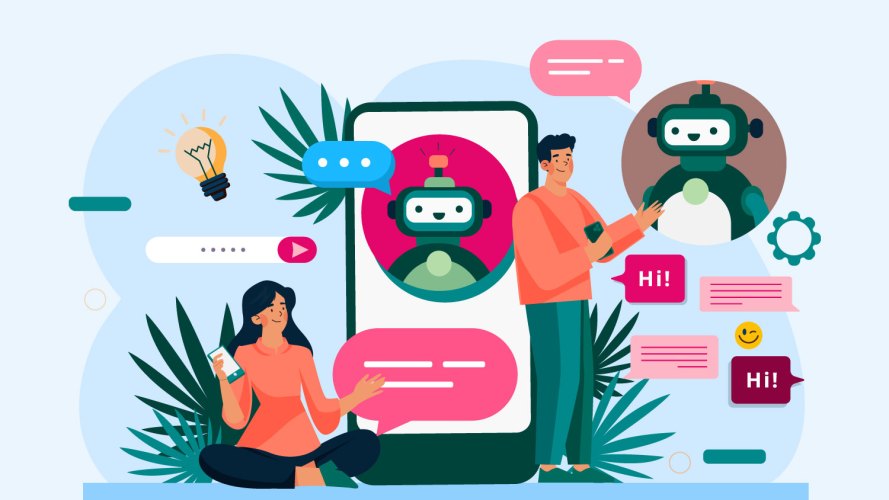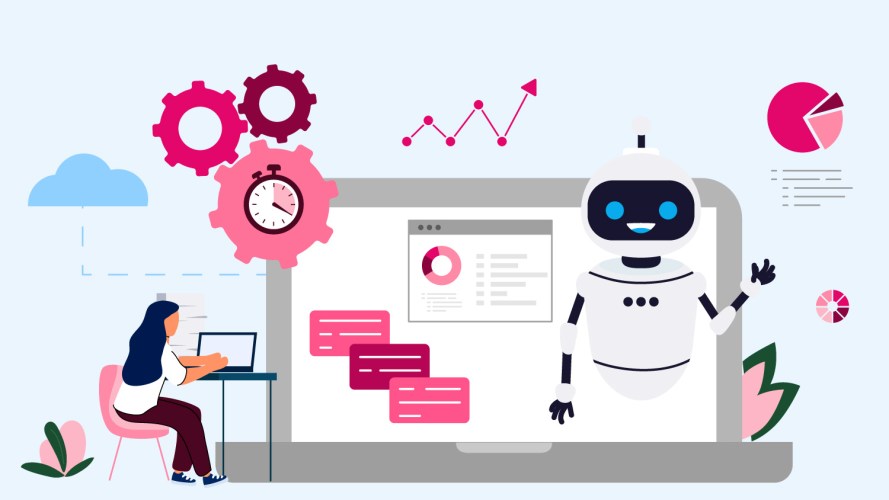How Collaborative Customer Service Improves Customer Experience and Accelerates Agent Productivity



Customer experience involves a lot more touch points than just your service agents. Shouldn’t your service approach reflect that?

Olive Huang
When we manage customer experience, it includes every interaction a customer has with our products or services to ensure they meet or exceed customers’ expectations. That’s why there isn’t just one customer experience owner — it’s a necessary team effort. And yet, our service teams aren’t always structured to reflect this cross-organizational ownership. Here’s how to change that – and create a consistently good customer outcome without increasing the number of agents on call.
What is collaborative customer service?
Collaborative customer service is a customer experience delivery approach that engages teams to solve complex customer service cases together. Service agents are paired with colleagues throughout the organization within cross-functional pods for case swarming.
This approach allows organizations to scale customer service by giving entry-level and proficient agents a built-in expert support network. This helps them provide exceptional customer service that would otherwise take years of experience to replicate.
How to optimize service teams to provide the best customer experience
Identify agent performance levels
It’s important to understand and categorize your service team’s skill levels in order to optimize your team for performance. Any organization’s service team members’ skills fall into roughly three buckets:
- High performers — are amazing in any situation. They can smoothly handle the most challenging customer service issues thanks to an elevated level of experience and superior skill set.
- Average performers — are proficient with day-to-day customer experience needs, but they lack the skills and experience to handle demanding customers.
- Low performers — are entry-level personnel who can handle basic transactional interactions, such as delivery status or basic returns.
Benchmark your agents against your team’s KPIs and use direct and indirect feedback mechanisms to get an accurate picture of where they fall within these three tiers. By doing so, you can then identify the best way to prepare the team for collaborative customer service.
Improve agent skills with cross-training and upskilling
Even your high performers can benefit from cross-training and upskilling to prepare them to collaborate and handle the range of cases that come into your service center.
We recommend you crosstrain your team by having them shadow others within their same performance level. For example, a low-performing agent who normally monitors your chat channel on return inquiries can shadow another chat agent that handles basic shipping inquiries. This allows you flexibility when scheduling your agents and gives the customer a more complete experience without being transferred from one agent to another.
You can also use upskilling to advance your agents’ skills with additional training. Upskilling can take on a number of forms, including:
- Low performers shadow high performers to learn a new skill
- Ongoing live training via skill-based collaborative lessons
- On-demand training as needed to improve specific skills
As agents gain more experience and enrich their skill sets, trackable performance metrics such as time to resolution and customer satisfaction score (CSAT) will improve. This data is essential for the final step in optimizing your service team for performance.
Use data insights to route cases to the right agent at the right time
It’s up to service managers to put the right agent in the proper role at the right time. However, to do so requires data insights into customers’ events, intents, and expectations, and your overall service organization’s skill sets. They need to be able to forecast accurately and anticipate case volume based on customer demand.
How collaborative customer service improves service delivery
As many workplaces embrace a hybrid work environment with some agents permanently working remotely, service leaders are increasing team resilience by balancing training and upskilling with collaborative customer service initiatives.
This allows your lower performers to focus on transactional inquiries as they skill up, while freeing up your top performers to address more complex issues with cross-team collaboration such as case swarming.
In a case swarming session, product experts, customer success teams, and other employees with a range of skills and experience levels are pulled into the case by customer service agents. In this scenario, rather than agents pinging each other randomly to pass the ball, a cross-functional team can quickly come together when needed.
As you move from an ad hoc call transfer model to collaborative customer service, you’ll see an improvement in resolution rate and a significant decrease in case lifecycle time, which leads to higher customer satisfaction.
Now is the time for collaborative customer service at scale
Many high-performing agents already tap into internal subject matter experts for help on tough cases. Why does this need to be rolled out on a formal basis throughout the customer service team? It comes down to the cumulative impact of having this level of collaborative customer service at scale.
In my experience, collaborative customer service, when implemented at scale delivers a notable uplift in customer service experience and agent productivity. Instead of passing the ball three times, we can pass it twice for challenging cases. Or we no longer have to direct the customers to a different contact center because the customer is not a native English speaker. We can include agents that speak multiple languages in a swarming session.
Most importantly, collaborative customer service has a deep impact on how we manage skills in customer service environments. It improves the agility and resilience of service operation, reduces routing complexity, and increases agent engagement level.
That’s the power of collaborative customer service at scale — using teams and tools to ensure you have the right agents at the right place at the right time to solve any case.
To put collaborative customer service into action, it needs to be supported by intelligent workforce forecasting and capacity planning tools. With the right tool on deck, you’ll be able to identify skill shortages in your customer service workforce quickly, adjust shifts, change hiring and staffing plans, and cross-skill and upskill agents with on-demand training.
Learn more about the benefits of collaborative customer service
Gain insights into how the strategic role of service is shifting.


























